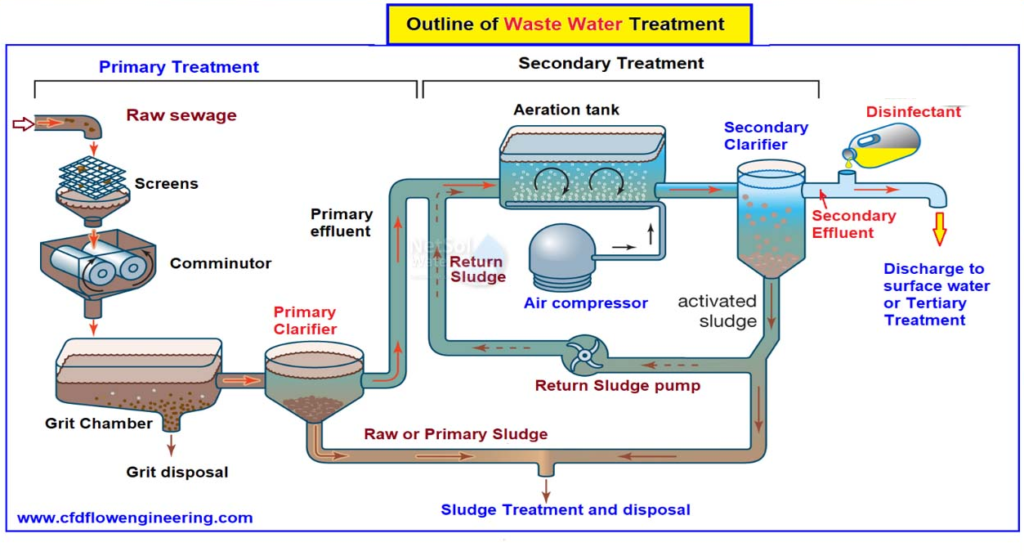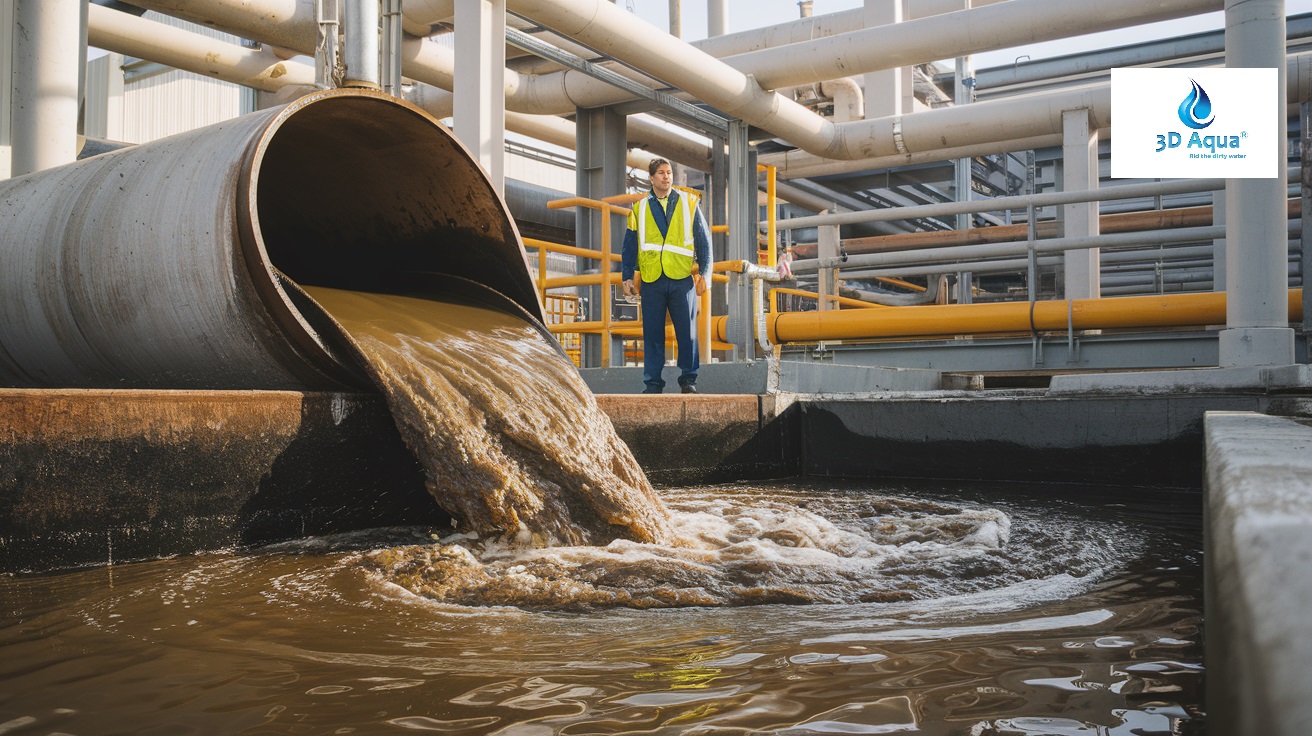Sewage flow variation refers to the changes in the volume and rate of wastewater that occurs over different periods, such as hourly, daily, or seasonally. These variations are crucial for designing and managing sewer systems, as they impact the efficiency and functionality of wastewater treatment facilities.
What is Sewage Flow Variation in Wastewater?

Definition: Sewage flow variation describes the fluctuations in the volume of wastewater entering a sewer system at different times. This variability can be observed through a sewage flow variation graph, which plots flow rates against time.
Causes of Flow Fluctuations:
- Hourly Variations: Sewage flow often peaks during specific times of the day. For instance, residential areas might experience higher flow rates in the morning as people use water for bathing, cooking, and other activities.
- Seasonal Variations: Flow rates can also change with seasons, influenced by factors such as rainfall, temperature, and holiday activities that increase water usage.
Impact of Flow Distance: The distance that wastewater travels before reaching a treatment facility can affect the timing of flow peaks. For example, in systems with long sewer lines, the peak flow recorded at a facility might lag behind the peak flow measured at the source due to the time it takes for sewage to travel through the system.
Effect of Increasing Sewage Areas: As more areas contribute to the sewer system, the mixing of sewage leads to a reduction in the amplitude of flow fluctuations. Larger systems experience smoother flow variations, though the time delay before peak flows are observed can increase.
Flow Rate Metrics
Design Considerations: To design effective sewer and treatment systems, engineers use specific flow rate metrics and relationships:
- Maximum Daily Flow Rate: Typically estimated as twice the annual average daily flow rate to account for seasonal fluctuations.
- Maximum Flow Per Hour: Often calculated as 1.5 times the maximum daily flow rate to handle peak hourly demands.
- Fluctuation Factor: A standard factor is three times the annual average daily flow rate, reflecting overall variability.
Peak Factors:
- For smaller populations (fewer than 50,000 people), peak flow factors might be around 2.5.
- For larger urban areas, this factor generally decreases to between 1.5 and 2.0.
- The peak flow is usually calculated as 1.5 times the annual average daily flow rate.
Minimum Flow Requirements: Maintaining a minimum flow rate is crucial for preventing sediment buildup and ensuring self-cleaning of the sewer system:
- Minimum Daily Flow Rate: Typically 2/3 of the annual average daily flow rate.
- Minimum Time Flow Rate: Often 1/2 of the minimum daily flow rate, equating to 1/3 of the annual average daily flow rate.
Importance of Understanding Flow Variations
Accurate knowledge of sewage flow variations is essential for:
- System Design: Properly accounting for flow variations ensures that sewer pipes and treatment facilities are adequately sized to handle both peak and minimum flow rates.
- Preventing Issues: Ignoring flow variations can lead to problems such as pipe scouring, leaks, and inefficient treatment processes.
By understanding these variations, engineers and planners can design more reliable and efficient sewage systems that handle both normal and peak flow conditions effectively.
For detailed information on the best wastewater and sewage treatment plants tailored to your needs, reach out to 3D Aqua. Our technical sales team is ready to assist you with expert advice and guidance.
3D Aqua is a premier provider of water and wastewater treatment solutions in India. We specialize in manufacturing a wide range of systems, including Water Treatment Plants (WTP), Wastewater Treatment Plants (WWTP), and Sewage Treatment Plants (STP), among others.
As a leading manufacturer in the industry, 3D Aqua is highly regarded for its exceptional quality and client satisfaction. Our expertise extends to commercial and industrial RO plants, water softeners, effluent treatment plants, and more. We pride ourselves on offering round-the-clock customer support to address all your queries and concerns.
For inquiries, support, or to discuss product purchases, call us at +91-8963089630 or email us at info@3daqua.in.
FAQs
Q: What causes variations in sewage flow?
A: Sewage flow variations are caused by factors such as daily water usage patterns, seasonal changes, and the distance wastewater travels through the sewer system.
Q: How are peak and minimum flow rates calculated?
A: Peak flow rates are typically 1.5 times the maximum daily flow rate, while minimum flow rates are around 2/3 of the annual average daily flow rate.
Q: Why is it important to consider flow variations in sewer system design?
A: Considering flow variations is crucial to avoid issues like pipe scouring, leaks, and inefficient treatment, ensuring the sewer system can handle both peak and low flow conditions effectively.
Q: How does the distance of sewage travel affect flow variation?
A: The distance sewage travels can delay the peak flow observed at a treatment facility compared to the source, as it takes time for the wastewater to move through the system.
Q: What impact does increasing the serviced area have on flow fluctuations?
A: As the serviced area grows, the amplitude of flow fluctuations typically decreases due to the mixing of wastewater from different sources.

